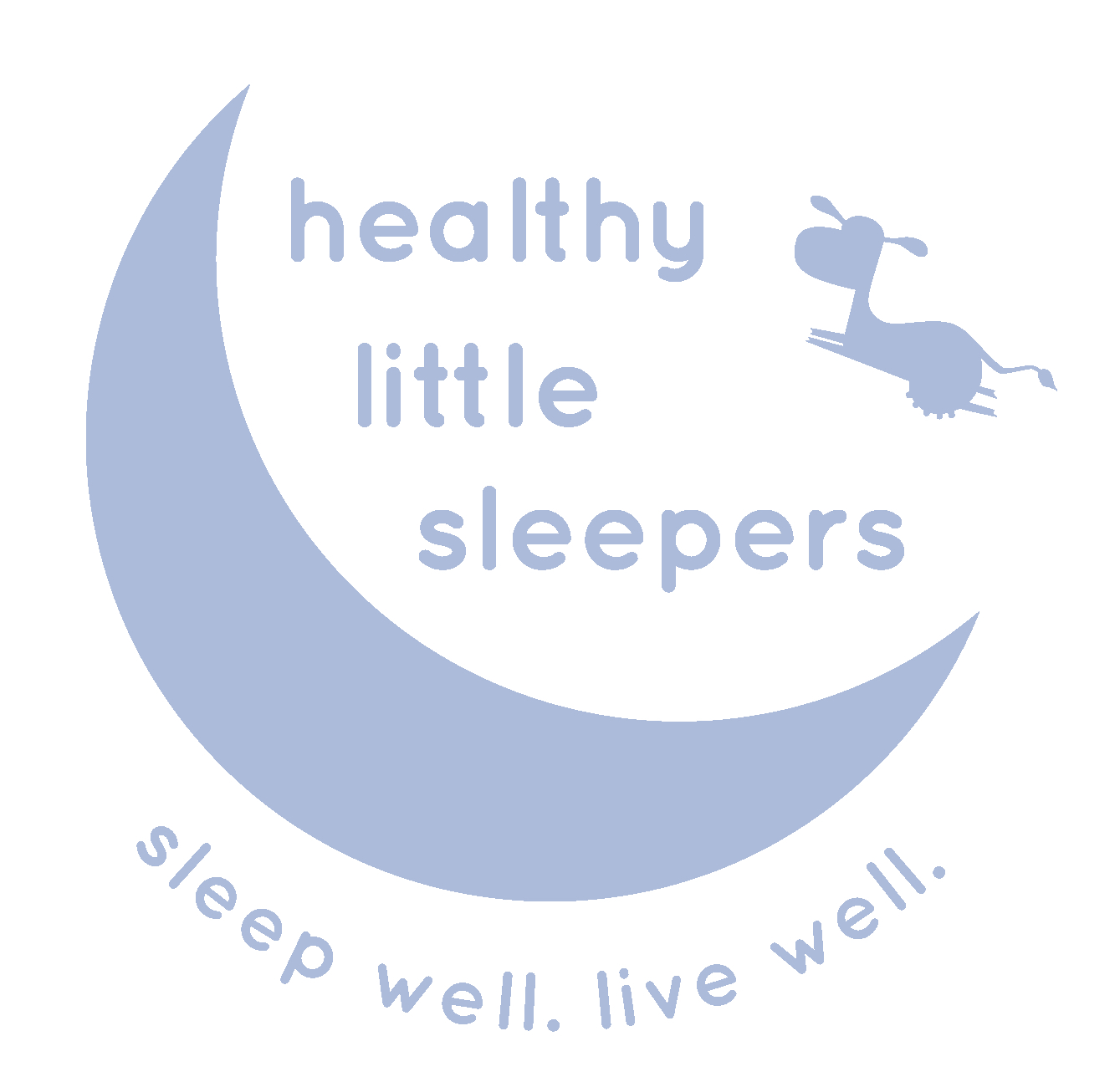AAPs New Safe Sleep Recommendations
From the well-respected Family Sleep Institute (FSI), our Director for the FSI Safe Sleep Initiative, Katie Kovaleski, responds to AAPs new safe guidelines...
There has been a lot of discourse in recent weeks regarding some of the newest American Academy of Pediatrics (AAP) safe sleep guidelines. The Family Sleep Institute sets the standard for the child sleep consulting industry and has maintained a position that falls in line with the AAP standards. Here is our take on the newest guidelines, including feedback from the founder of the FSI, Deborah Pedrick.
Why have the newest guidelines focused more on room sharing than they did in the past?
The AAP has started to recognize how many families have been bed sharing- which is different than room sharing, and in an effort to reduce unsafe co-sleeping/bed sharing practices, have offered an alternative, in this case, room sharing.
"We recognize the fact that not only do mothers often inadvertently fall asleep with the infant in their bed, but many mothers choose to bed share," says Lori Feldman-Winter, a co-author of the new guidelines and a professor of pediatrics at Cooper University Health Care in Camden, N.J. "We thought it was prudent to provide guidance on making the bed-sharing arrangement as safe as possible and provide guidance on what populations are most at risk when bed sharing" (http://www.npr.org/sections/health-shots/2016/10/25/499290404/new-guidelines-acknowledge-the-reality-babies-do-sleep-in-moms-bed?utm_source=facebook.com&utm_medium=social&utm_campaign=npr&utm_term=nprnews&utm_content=2051).
Does the AAP recommend bed sharing if it’s done safely?
No. The AAP does not recommend bed sharing. They have conducted studies and their research has indicated that bed sharing is not worth the risk. They even hired an independent statistician to review studies that had opposing conclusions in order to get to the bottom of the issue.
Based on the statistician’s findings, Lori Feldman-Winter, a co-author of the new guidelines and a professor of pediatrics at Cooper University Health Care in Camden, N.J., stated: “Upon further review of the available evidence, it is clear that we cannot safely recommend bed sharing because of the hazard," Feldman-Winter says. "The hazards are particularly in infants under 4 months of age" (http://www.npr.org/sections/health-shots/2016/10/25/499290404/new-guidelines-acknowledge-the-reality-babies-do-sleep-in-moms-bed?utm_source=facebook.com&utm_medium=social&utm_campaign=npr&utm_term=nprnews&utm_content=2051).
Are room sharing, co-sleeping and bed sharing the same thing?
No, they are not, and there are important distinctions. Room sharing is when a child sleeps in the same room as the parents but in their own separate sleep space (a crib or bassinet).
Co-sleeping is when the parent and child are sleeping together, in the same sleep space, which could be in a variety of different spaces, including a bed, recliner, sofa etc.
Bed sharing specifically means that a parent and child are sleeping in the same bed.
Am I being unsafe if I don’t room share for the first year of my child’s life?
No. The biggest risk factors for SIDS were bed sharing, co-sleeping and not putting your baby to sleep on their backs. Other high risk factors included not breastfeeding and smoking. The AAP guidelines acknowledge that the emphasis on room sharing, particularly for the first 12 months, was to hopefully encourage parents who are bed sharing and co-sleeping to stop doing so.
There have been correlations between a slightly lower incidence of SIDS and room sharing for babies 6 months and under. However, the AAP also acknowledges that room sharing, for a baby or for parents who prefer bed sharing, can be counter productive for both sleep and safety.
Feldman-Winter stated: “I see families where they can't get the kid to go into the bassinet next to the bed because the baby wants to be in the bed with the parent," she says. "Sometimes that doesn't improve until they get the kid into their own room" (http://www.npr.org/sections/health-shots/2016/10/25/499290404/new-guidelines-acknowledge-the-reality-babies-do-sleep-in-moms-bed?utm_source=facebook.com&utm_medium=social&utm_campaign=npr&utm_term=nprnews&utm_content=2051).
This was also an issue for Pedrick who stated: “This was my biggest concern when the extended room-sharing recommendations were made. Given that reactive bed-sharing occurs when parents struggle with their infants sleep, extending the recommended time frame could in fact cause an increase in SIDS related preventable deaths.”
As the research continues on this topic, there is a hope that we will find more specific answers as to what causes SIDS and how we can take further measures to prevent these deaths. In addition to the information provided in this article, we are also attaching a chart below to serve as a quick reference guide for parents.
http://www.familysleepinstitute.com/position-statements-2/
#notonourwatch #charlieskids
---------------------------------------
Susie Menkes, PhD is a Certified Infant + Toddler Sleep Specialist through the Family Sleep Institute (FSI), and she is dedicated to helping families get their little ones to be healthy little sleepers. As a mom of two, she knows and understands what you are going through and is here to support, educate, and guide you on all matters related to sleep.


